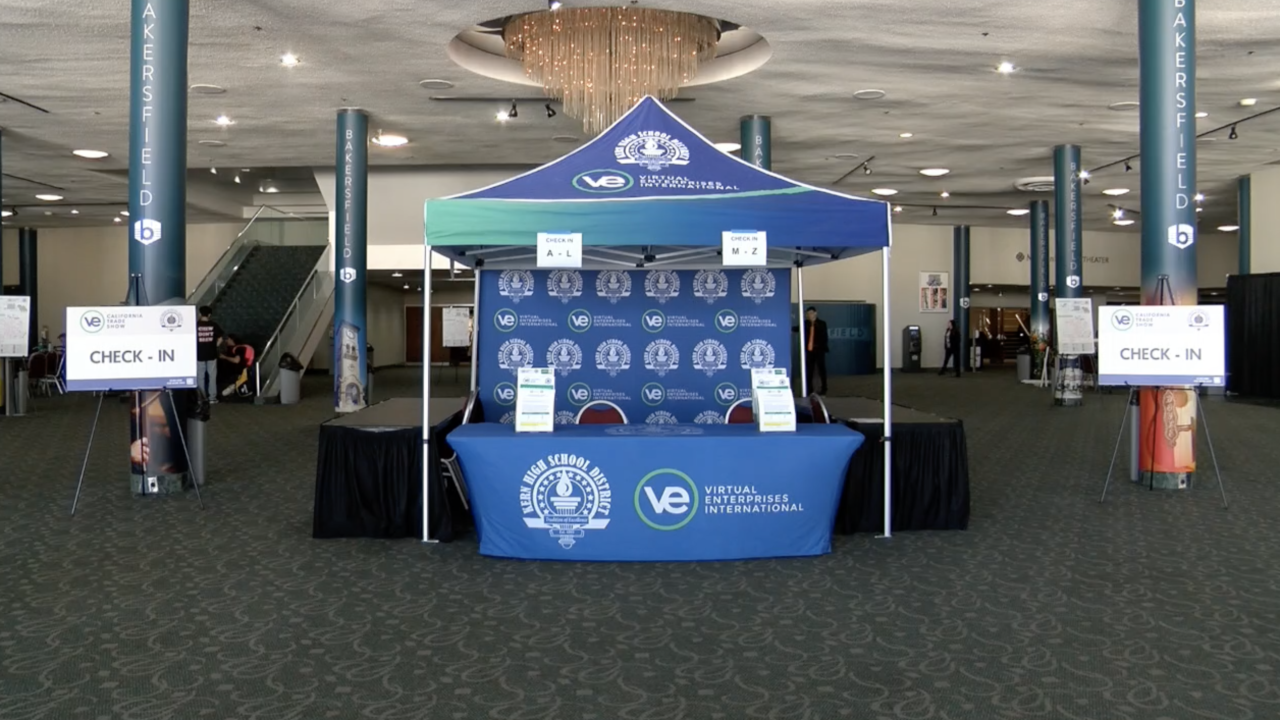BY JOHN COX [email protected]
Hydrogen may be the only form of energy Kern consumes but doesn’t produce on a meaningful scale. For now.
An early stage partnership between a wind farm developer in Tehachapi and a Southern California “green hydrogen” startup aims to put simple electrolysis to use converting 15 megawatts of wind power into clean fuel transportable by tractor-trailer or pipeline. End users would include tractor trailers and forklifts.
If it happens, the $55-70 million project will become the county’s first venture into a promising field of clean energy production — right in line with local ambitions for expanding Kern’s statewide leadership in renewable fuels production.
Hydrogen entices on many levels. It emits only water when combusted, offers a more energy dense and efficient alternative to gasoline, and can be used flexibly in a variety of applications. Plus, hydrogen fuel cell cars and trucks refuel much faster than battery-powered electric vehicles.
Technology like the kind proposed in Tehachapi has succeeded elsewhere. U.S. researchers are working out kinks such that hydrogen energy figures to become a bigger focus for industry.
In Bakersfield, Golden Empire Transit District recently picked up five hydrogen-fueled buses, for refill daily at its private pumping station, and with more on order it expects to have a fleet of 12 by 2023.
Keith Wipke, program manager in fuel cell and hydrogen technologies at the National Renewable Energy Laboratory, said he’s not sure hydrogen will catch on in the light-duty passenger vehicle market, but he sees heavy duty trucks as ideal for tractor trailers.
“Hydrogen as a big part of our energy system is very likely,” said Wipke, whose agency has a new workforce development partnership with Bakersfield College.
Kern has for years led the state in wind and solar energy, and more recently has attracted investment in dairy biogas and renewable diesel. The county’s top planner, Lorelei Oviatt, has heard developers talk of adding hydrogen to the mix, but she said by email that “none of the others have really turned into applications yet.”
The only project to do so is a partnership by Eolus North America Inc., the U.S. subsidiary of a Swedish firm, and Los Angeles-based SJ Green Hydrogen LLC.
Eolus wants to stand three to six wind turbines on a few hundred acres near Tehachapi. After space on nearby power transmission lines was going to cost too much, SJ Green Hydrogen offered a solution involving an electrolyzer that would separate the hydrogen in water from the oxygen.
Initially, the hydrogen would be hauled by trailer in gas or liquid form to truck stops around the region. SJ Green hopes eventually to retail its own hydrogen. Later it may also combine hydrogen with a different gas allowing it to be transported easily through existing natural gas pipelines.
It would be SJ Green’s first project of two proposed so far. Founder Stephen Amstutz said the company has received seed funding and interest from private equity, and that it is contracting engineering work from Bakersfield’s Anacapa Engineering and Design Inc.
Ed Duggan, director of wind project development at Eolus, said the project would require water but not a lot and that different options for procuring it are under consideration. Part of the site would have to be rezoned to industrial, to accommodate the electrolyzer, he said, adding an environmental review may begin soon.
“We’ve had some initial meetings with Kern County and we’re investigating how to move a project like this forward,” he said. “It’s still in the early stages.”
Hydrogen production uses much less than conventional power plants that vent a great deal of steam from cooling, Wipke at the national laboratory said.
He noted hydrogen can come from various sources, from fermented biomass to special solar cells immersed in water, and as the most common molecule in the universe it can be combined with other materials to make a range of products.
Transporting hydrogen by pipeline can be done on existing pipelines at limited concentrations, depending on the distance and pressure. It works much better if the pipes are lined with a resistant material or if the pipelines are made of certain metals. He noted NREL recently convened a consortium to examine challenges and find new efficiencies for moving hydrogen by pipeline.
Wipke also pointed to hydrogen’s potential for storing large amounts of energy, as safely as natural gas, in giant underground caverns. For something like that, powering a city for a week straight, he said, “is very feasible.”
This article first appeared on Bakersfield.com and is written by JOHN COX [email protected]







The Startup Space mobile app, sponsored by Bank of America, empowers entrepreneurs to succeed by connecting them with the right resources. With multiple filtration options, the app quickly helps you discover relevant resources to build a successful business. Furthermore, you can actively engage with mentors and thought leaders within your community to gain advice and insights as you expand your business. Register now and start building your business with confidence!